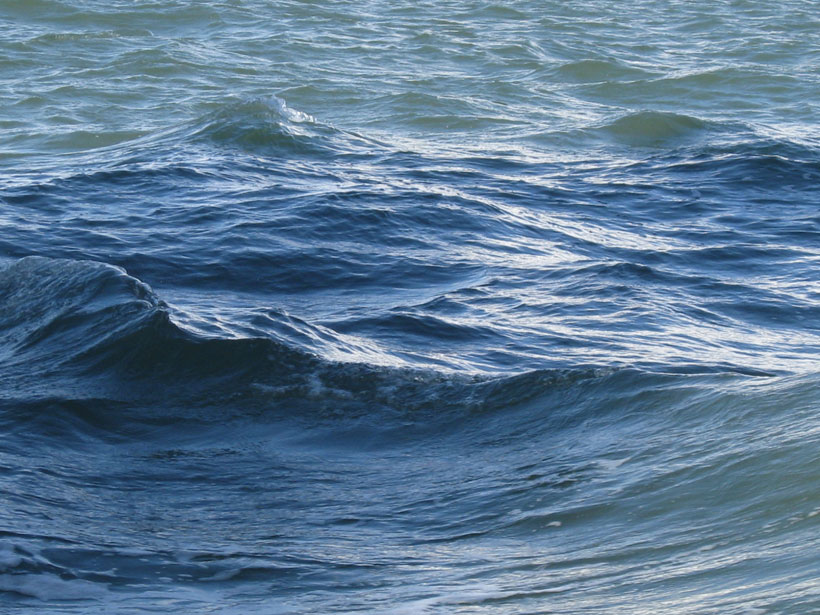The Atlantic Meridional Overturning Circulation (AMOC) is a large-scale convection cell in the Atlantic Ocean that transports warm surface water from the tropics northward and colder deeper water from the North Atlantic southward. Now, a study suggests that observed interannual fluctuations in the AMOC may be forced by changes in wind patterns. Understanding the mechanisms contributing to the AMOC fluctuations is important for future climate studies.
Nearly 90% of the heat transported by the ocean at 26°N latitude is carried by AMOC. However, AMOC can fluctuate—it increased in flow from 2004 to 2005 and subsequently decreased, reaching a minimum in the 2009–2010 winter. Heat transport fluctuations impact weather patterns on both regional and larger scales. Earlier studies showed that AMOC variations are directly linked to the summer climates of North America and western Europe.
Zhao and Johns sought to explain the physical mechanisms for the observed AMOC variability. Typically, scientists rely on theoretical analysis and numerical models to explain AMOC variations because of a lack of observational data. The authors combined daily measurements of AMOC at 26.5°N from 2004 to 2011 and numerical models to explain the observed variability.
Three separate components make up the upper branch of the AMOC at 26.5°N latitude: the Gulf Stream, Ekman transport, and upper mid-ocean (UMO) transport. The team compared the fluctuations of AMOC with the fluctuations of each component. The numerical models show that AMOC variations are driven by wind. Although the Gulf Stream and Ekman transport play important roles, UMO was found to be the dominant component in AMOC fluctuations. (Journal of Geophysical Research: Oceans, doi:10.1002/2013JC009407, 2014)
—Catherine Minnehan, Freelance Writer
Citation: Minnehan, C. (2015), Fluctuations in Atlantic meridional overturning circulation, Eos, 96, doi:10.1029/2015EO024821. Published on 26 February 2015.
Text © 2015. The authors. CC BY-NC 3.0
Except where otherwise noted, images are subject to copyright. Any reuse without express permission from the copyright owner is prohibited.

